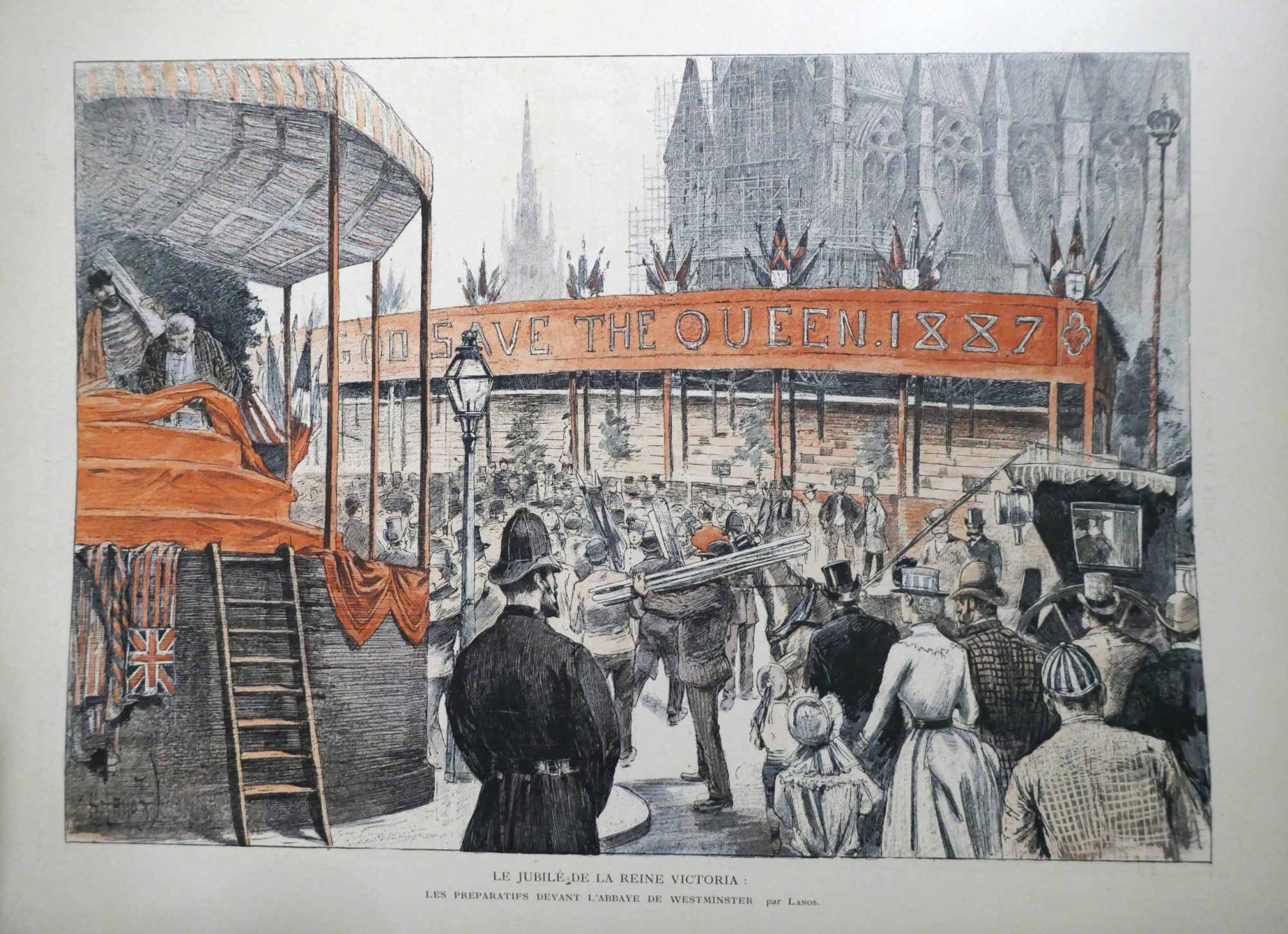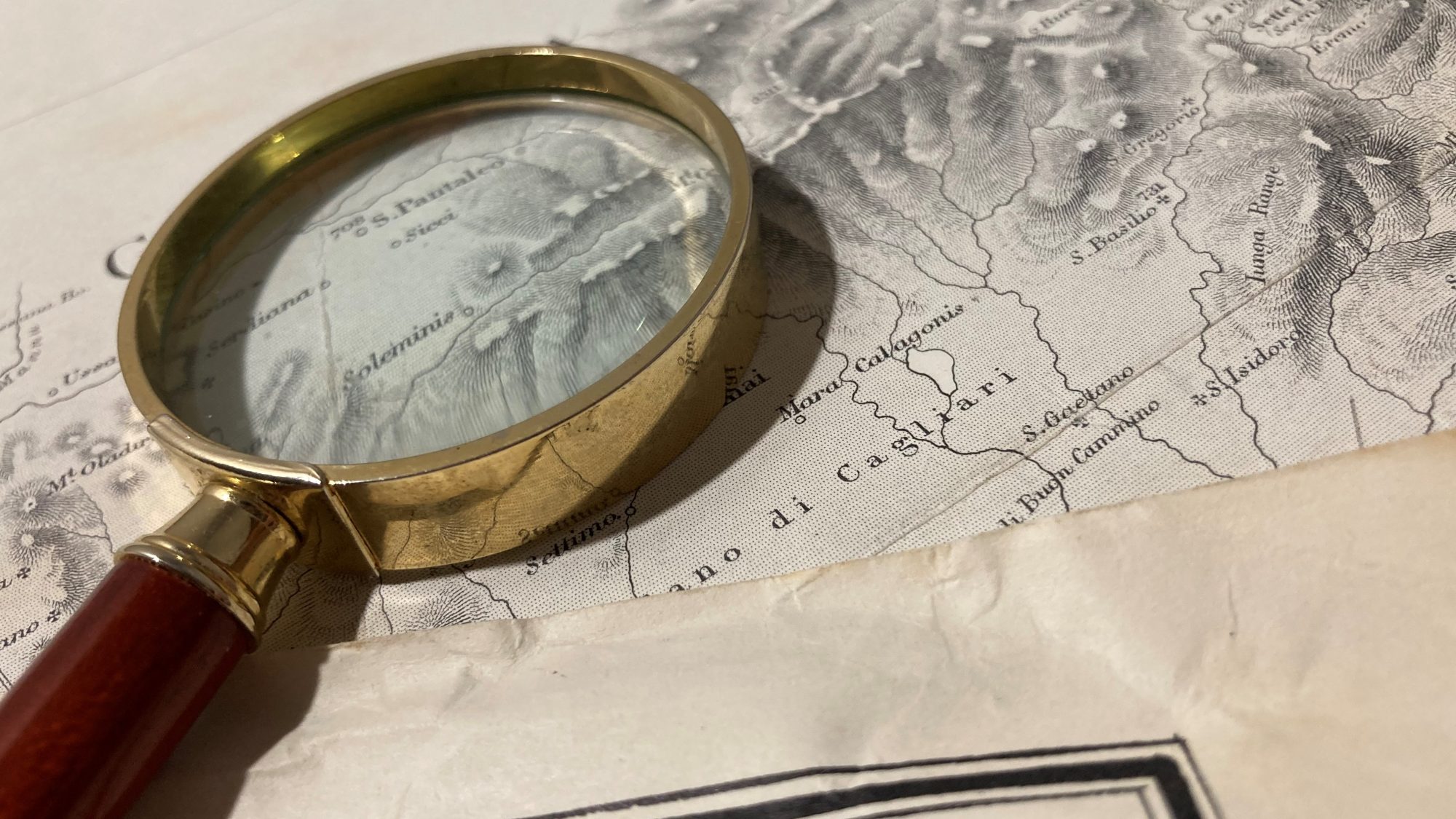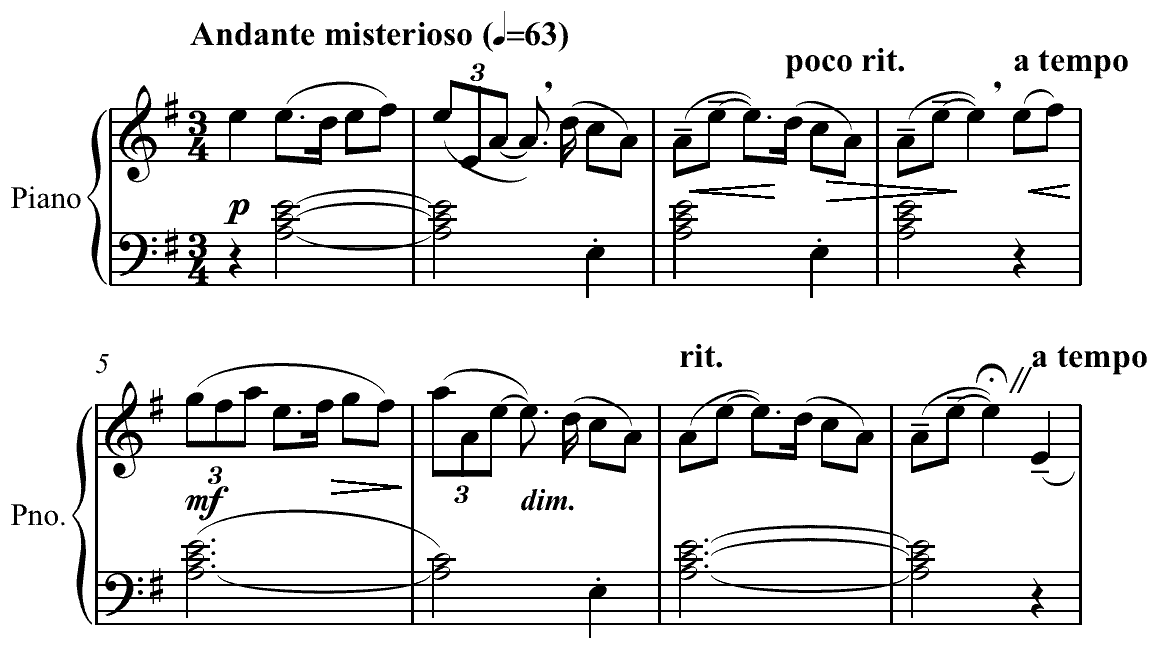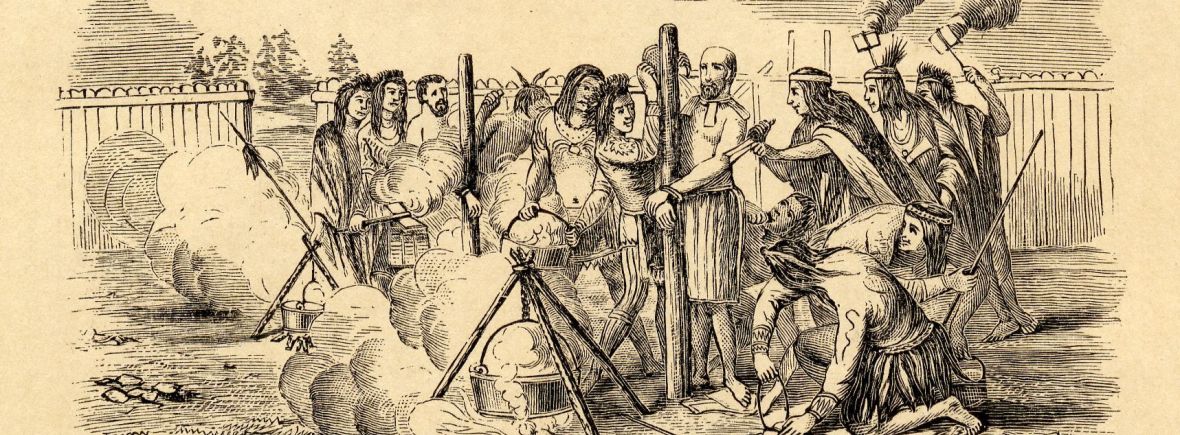
Blog
Engraving Art – A Short Introduction
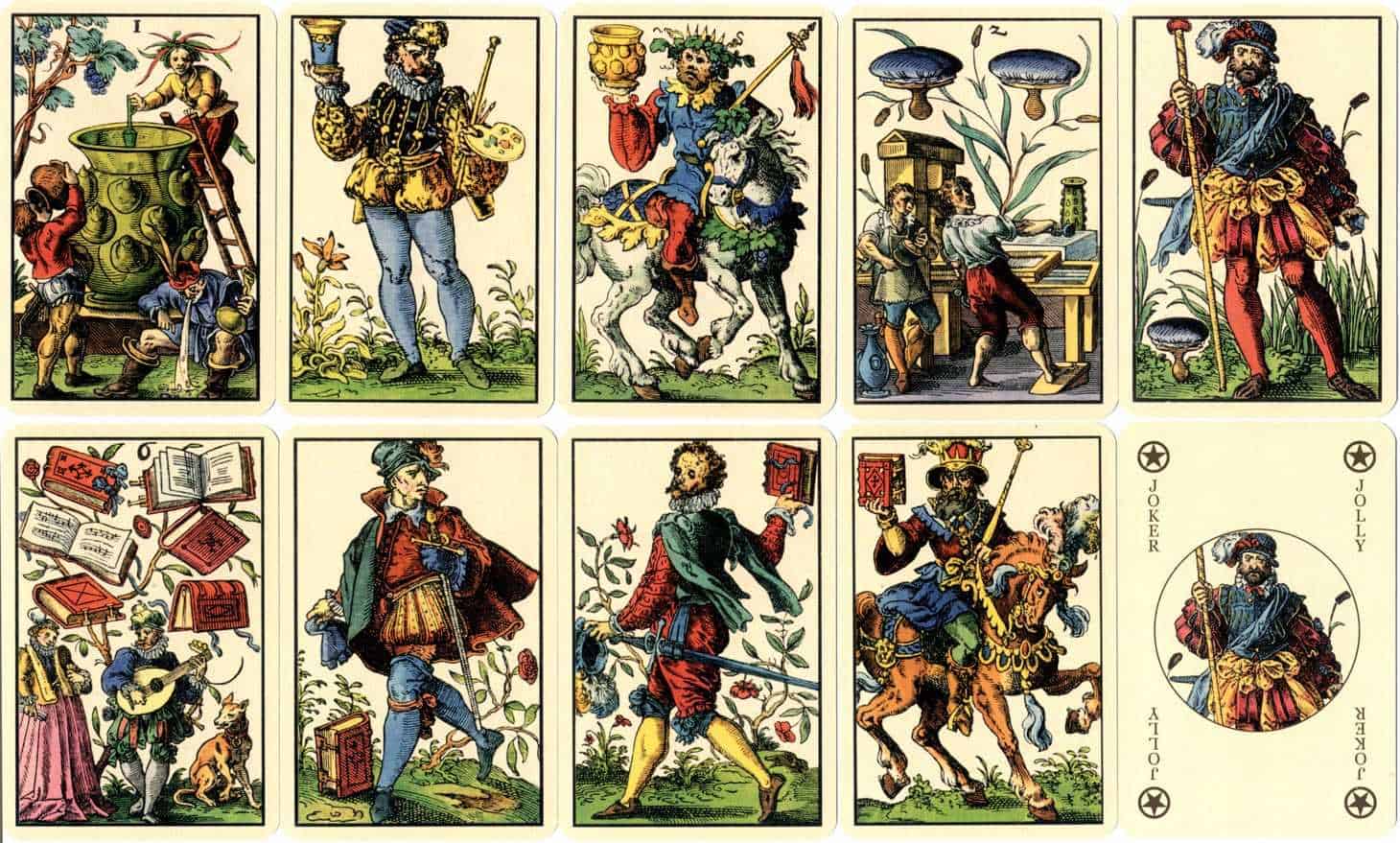
Engraving – An Artistic Process
Naturally, before any talk of forming an engravings collection, we need to start from the ground up with a short introduction to the art of engraving. What is the process of engraving and what does it represent? Simply stated, engraving is the art of cutting wood, metals, or precious stones. Engraving is a design on the face of any of these mediums. Later, artists reproduce this design on paper or other suitable material. This definition gives us a reflection of the engraving technique, but we may also ask ourselves some other questions. Such as: what is the purpose of making these impressions? Is it aesthetic/decorative, or still pragmatic? What are the origins of such a delicate process?
The Beginnings
There is no doubt that engravings have been in vogue from a very early date. Roots of engraving art can be found in ancient civilizations. For Greeks and Romans, it was very common to engrave their laws and important contracts on metal plates. But there is more than that. The ancients didn’t only make the first step. Also, they have thoroughly mastered the details in the process of engraving. They left numerous superior designs on metal and precious stones. So, we can only wonder how didn’t they take that last step and transfer impressions to papyrus or linen. Artists didn’t take that step all up until the middle of the 15th century.
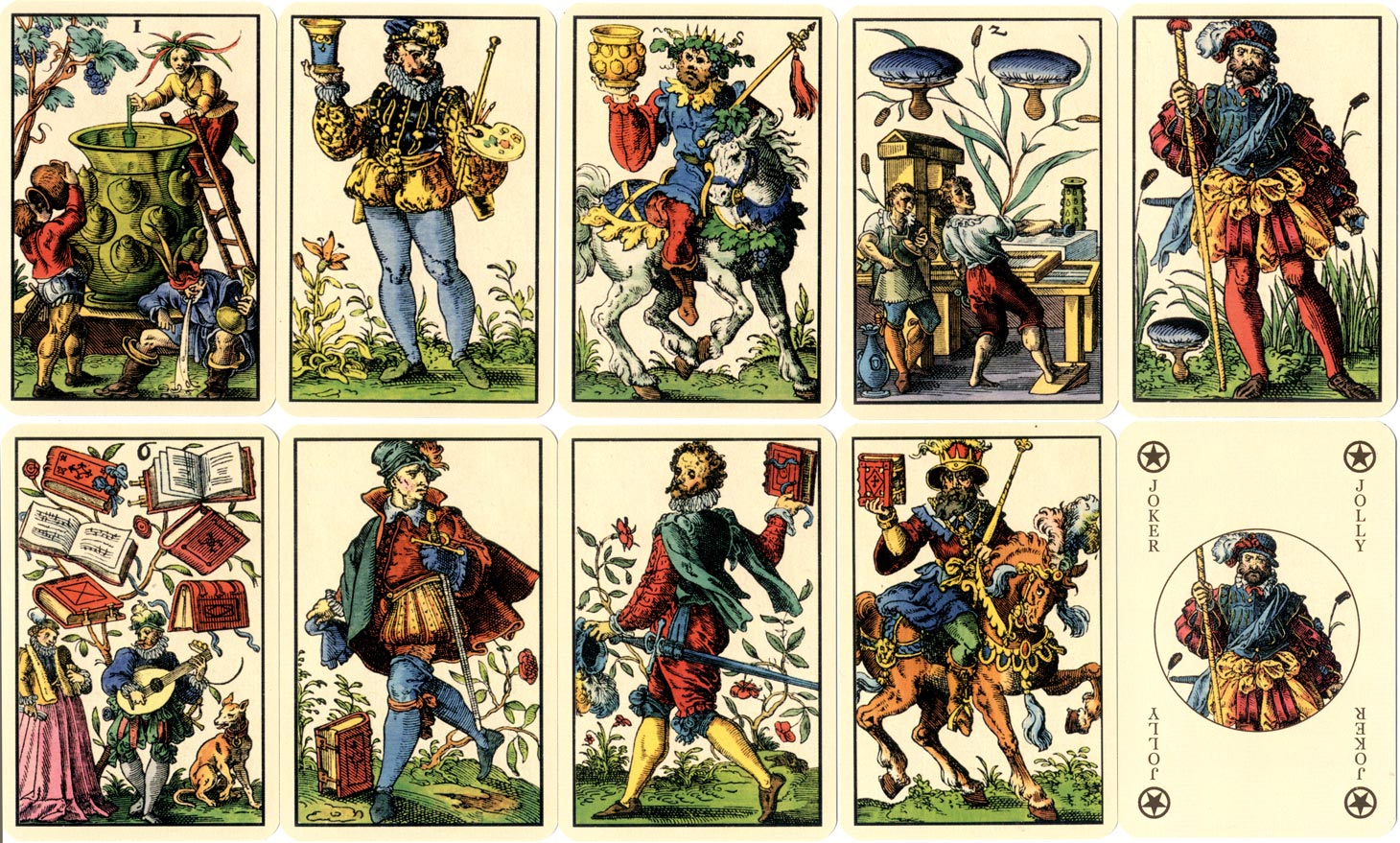
A modern reproduction of the cards by Jost Amman from the year 1588.
German card painters
Of all the methods of engraving, the ones in the wood are the oldest. For these engravings, we are indebted to the German card painters. However, they were not only focusing their attention on playing cards. Very often, these artists executed the images of saints and depicted the various subjects related to ancient history. The earliest dated print is known as Brussels Print and it dates from 1418. Still, its authenticity is much doubted. Therefore, this print is often overlooked. The first dated and truly genuine print is known as St. Christopher. Dating from 1423, this print is still preserved in the Carthusian Convent at Buxheim. German card painters were also the authors of the block from which the impressions were taken. It depicts the image of infant Christ being carried across the sea by St. Christopher.
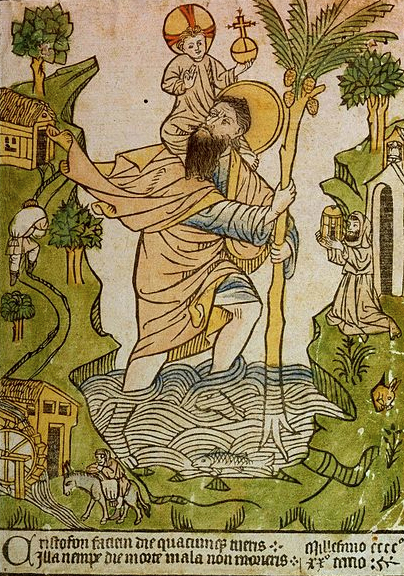
The Brussels Print, 1418. Hand-colored from the time of print.
The invention of printing
The invention of printing significantly accelerated the development of engraving art, as woodcuts were used in the embellishment of books almost from the start. As the number of books was increasing, the practice of engraving was becoming more general. The earliest known engravers were Schapff and Jacob Walsh who flourished during the 1450s. The art which dates from the middle of the fifteenth century, and which is almost coeval with the invention of printing, includes not only the science of engraving practiced but also the process of taking impressions from engraved plates upon paper or other suitable substances.
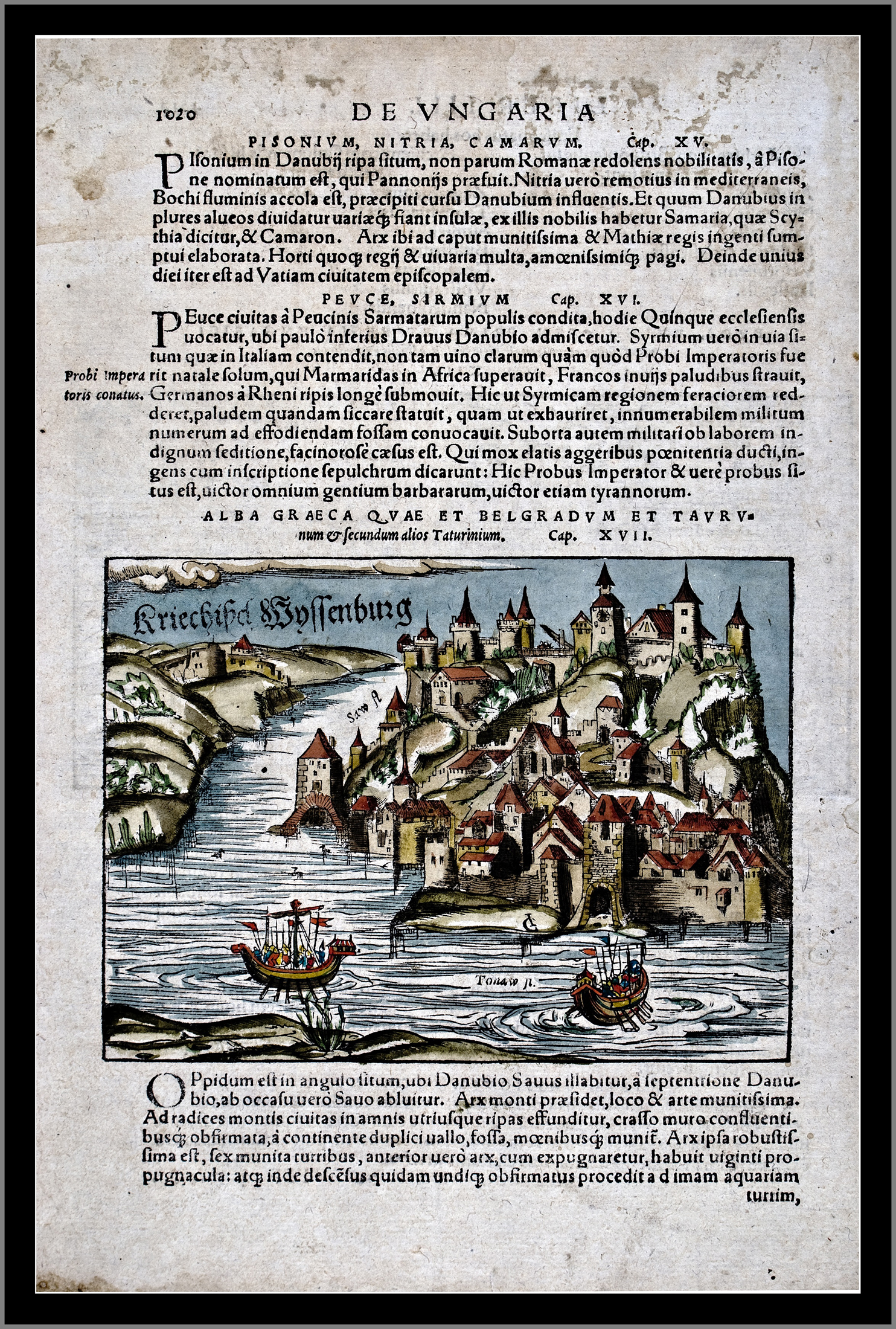
A leaf from Sebastian Munster’s Cosmographia depicting Belgrade (or Greiches Weissenburg in German, Alba Graeca in Latin). Hand-colored, mid 16th century.
We do not want to consider the subject of engraving history further than to point out a few basic principles. Consider this as an introduction to the world of engravings and prints. Stay with us as we will be talking about more interesting moments and techniques of engraving art.
You can check more engravings like this at our store!
Picture of Cosmografia from a private collection.
Other photo sources:




